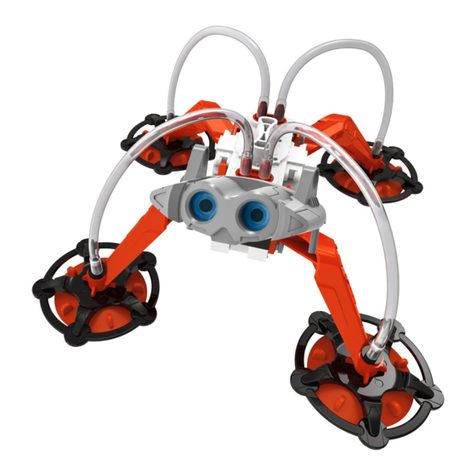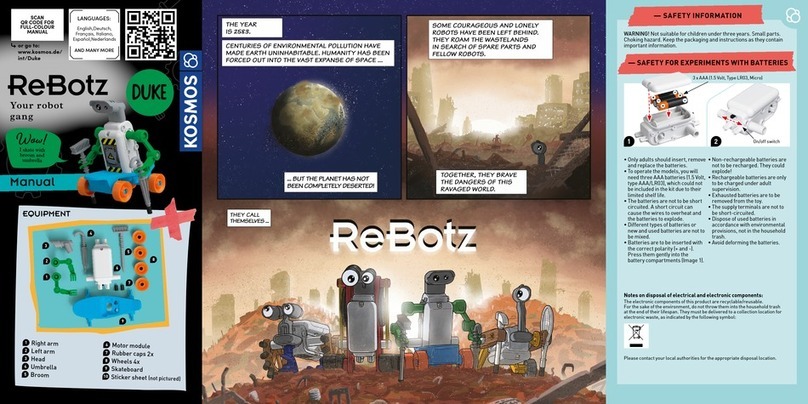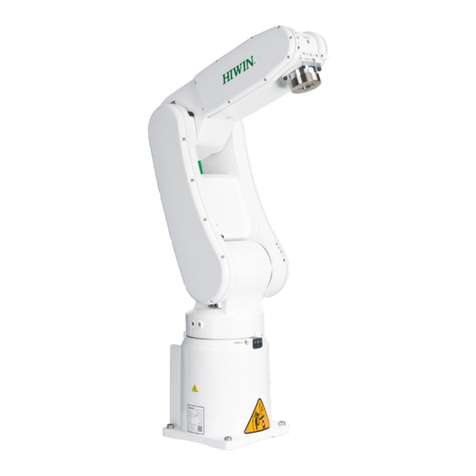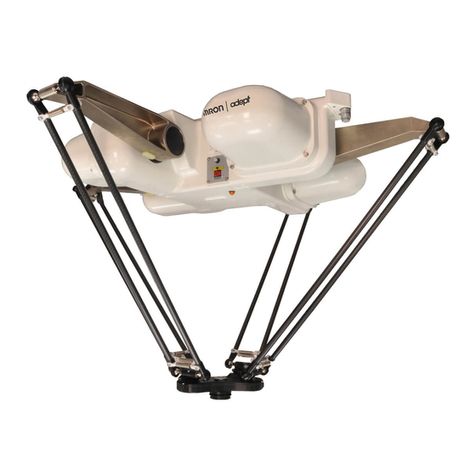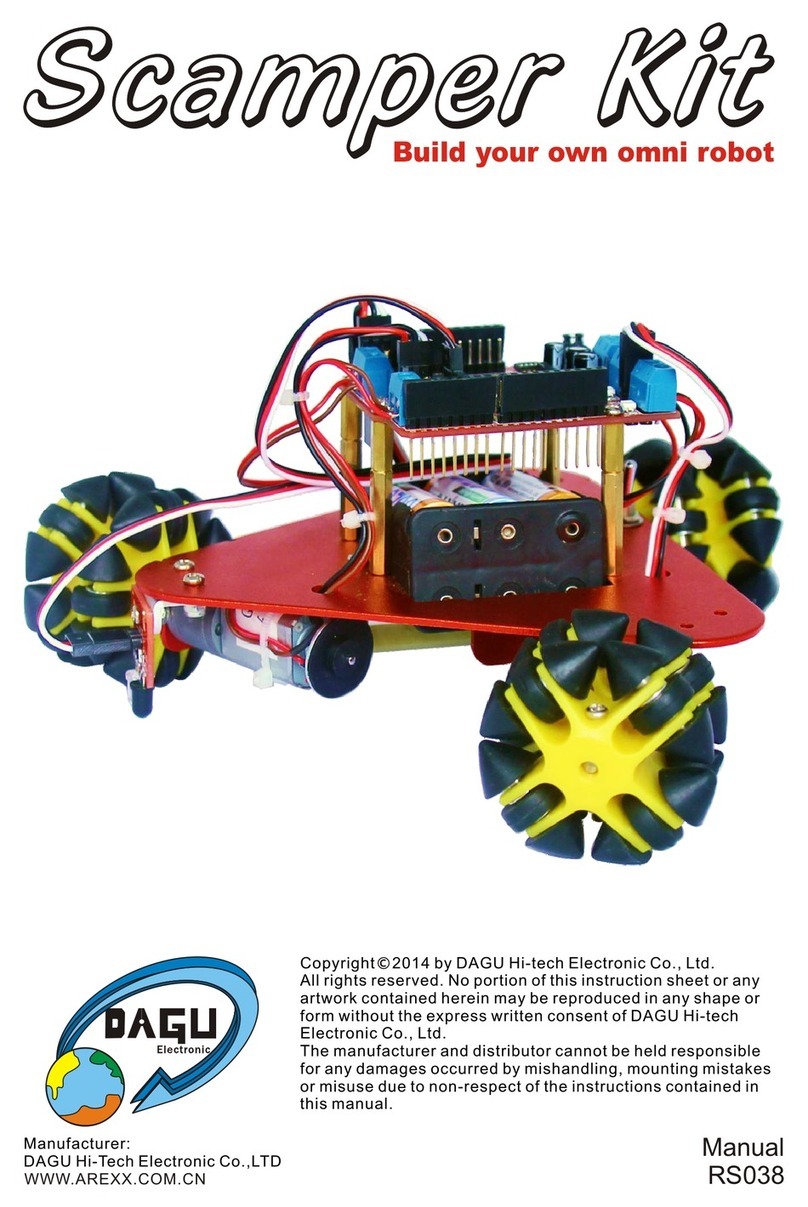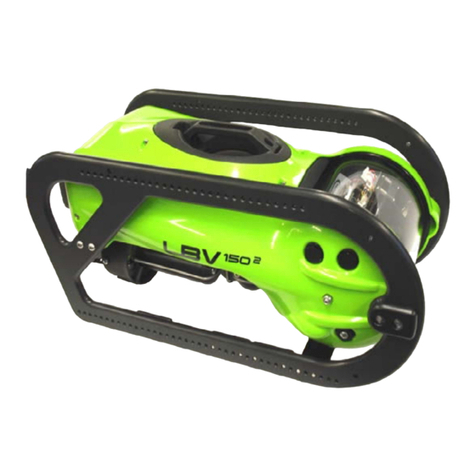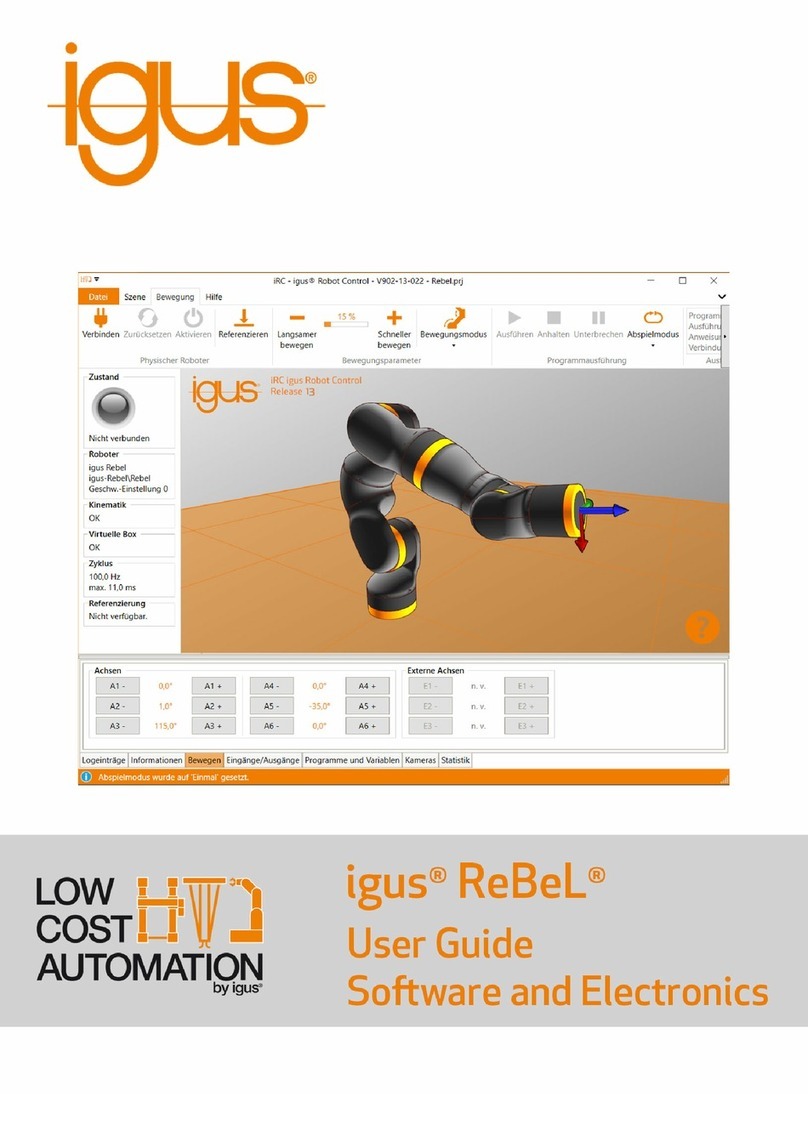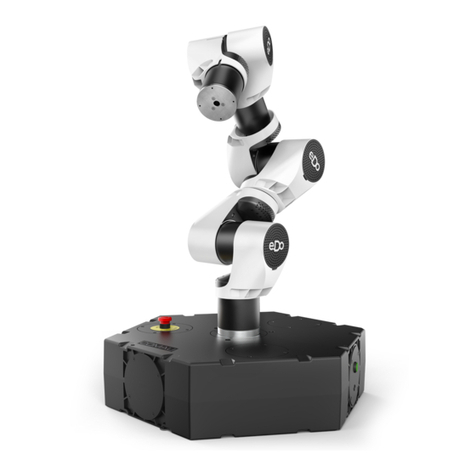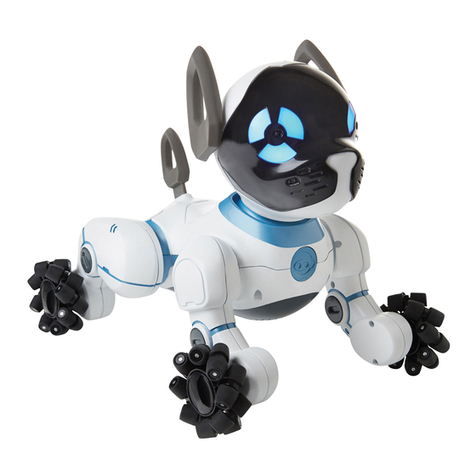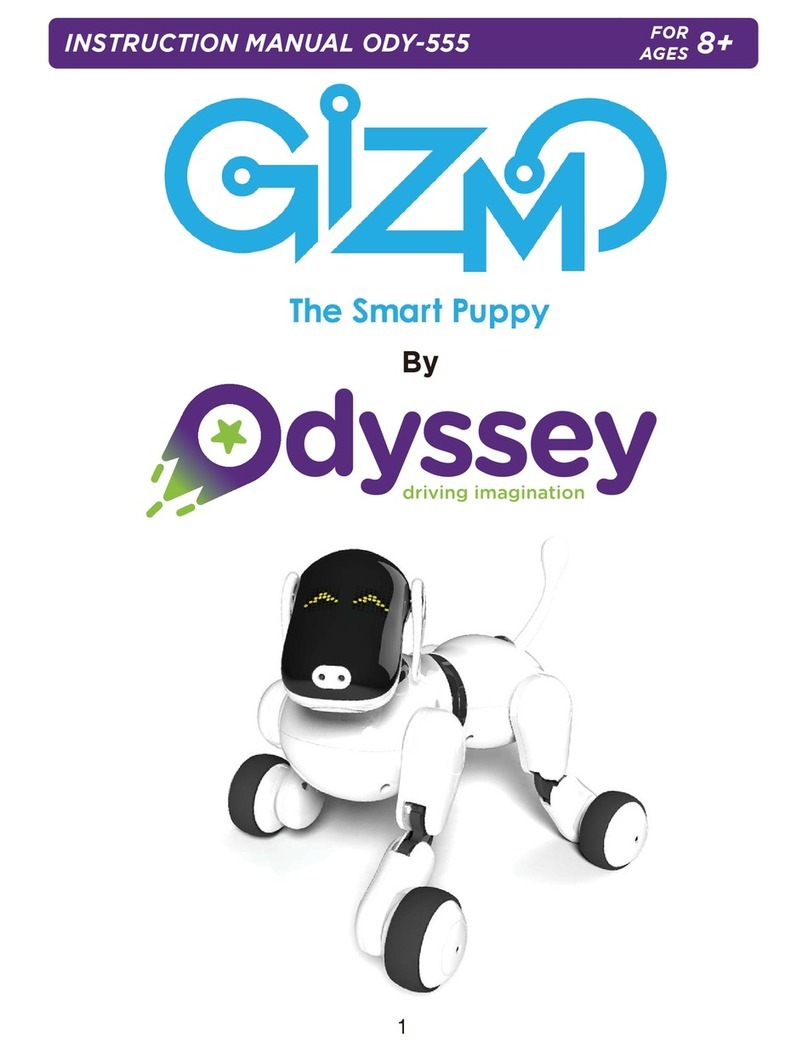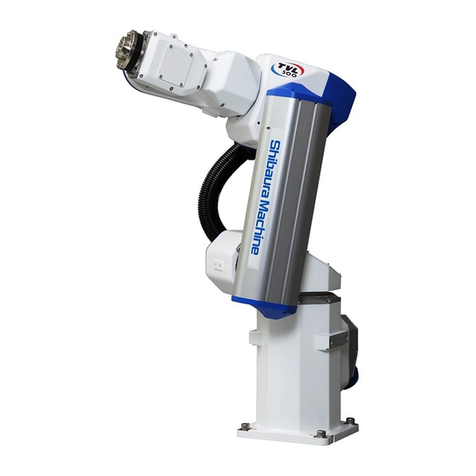Kosmos Solar System User manual

Manual
Solar
–
System
—
You will also
need:
Diagonal pliers
(alternatively scissors
and a nail file)
Nr. Bezeichnung Anzahl Art.-Nr.
A Frame A
with parts A1- A24 1 724493
B Frame B
with parts B21- B24 1 724494
C Frame C
with parts C25- C28 1 724495
D1 Sun gear 3 724484
D2 Satellite gear 12 724485
F1 Reduction gear 2 724486
Nr. Bezeichnung Anzahl Art.-Nr.
F2 Ratchet driven gear 1 724487
F4 Escape wheel 1 724488
F5 Escapement 1 724489
F6 Sun axis 1 724490
F7 Ratchet 1 724491
F8 Spring mechanism 1 724492
P1 Planet graphics 1 725129
Checklist:
EQUIPMENT
F1
F2
P1
F5
F6
F8
A
B
C
F7
F4
D1
D2
or go to: www.kosmos.de/int/Solar-System
SCAN
QR CODE
TO DOWNLOAD
FULL-COLOUR
MANUAL
Languages available:
English – Deutsch
Français – Italiano
Español – Nederlands
Česky – Slovensky
Polski – Magyar
Български – Русский
... and more

Dear Parents!
SAFETY INFORMATION
Imprint
Stand by to assist your child should they need any help with assembling the solar
system model. Please read the instructions and safety information with your child
before starting. Please make sure that no parts of the kit get into the hands of small
children. When cutting out the plastic parts with diagonal pliers, work carefully as
sharp burrs can result. You can remove them with the help of a nail file.
Give your child a pair of diagonal pliers and help her/him until you see that she/he
can handle it.
0725997 AN 010522-EN / Master_1671532
Manual for „Solar-System“, Art.Nr. 7617097
© 2022 Franckh-Kosmos Verlags-GmbH & Co. KG,
Pfizerstraße 5-7, 70184 Stuttgart, DE, Telephone: +49 (0) 711-2191-343
This product and all of its parts are protected by copyright. Any use outside of the narrow copyright law
limits is not permitted without the publishing house's approval and is punishable. This especially applies
to reproductions, translations, microfilming and storage and processing in electronic systems, networks
and media. We assume no guarantee that all information in this product is free of property rights.
Project management: Ted McGuire
Text: Ted McGuire, Richard Schmising
Technical product development: Dr. Petra Müller, Genius Toys Taiwan Co., Ltd.
Illustrations/material images manual: Genius Toys Taiwan Co., Ltd.
Design concept for manual: Atelier Bea Klenk,Berlin.
Design concept for the packaging: Peter Schmidt Group, Hamburg
Manual layout: Mark Geary, Dan Freitas, Joanna Mühlbauer
Packaging layout: Joanna Mühlbauer
Manual photos: Siberian Art (Solar system), Vladimir (Gearbox) (all ©adobe stock),
Alex Mit (Galaxienebel, ©shutterstock.com)
Packaging photos: Alex Mit ©shutterstock.com
Subject to technical changes
Printed in Taiwan / Imprimé en Taiwan
Do you still have questions? Our customer service will be happy to help you: service@kosmos.de
WARNING! Not suitable for children under three years. Small parts. Choking hazard.
Keep the packaging and instructions as they contain important information.
Do not remove the parts from the frames untl they are needed so that you can
locate the numbered parts durng assembly Remove excess materal (burrs)
from the parts before assemblng them wth dagonal plers and a nal fle
Durng assembly make sure that the gears are meshng wth the gears already
n place
Important!
ASSEMBLY VIDEO!
Scan this QR code to view a step-by-step
assembly video and tips on how to use
the Solar System.
kosmos.de/sonnensystem

1
2
3
4
gesperrt
x3
C27
F6
D1
D1
D1
D2
x3
D2
x3
D2
B24
B23
B22
90°90°
Stecke die Sonnenachse bis zum Anschlag ein.
Drehe sie dann um 90 Grad im Uhrzeigersinn.
ASSEMBLY
Push the sun axis (F6) in as far as it will go.
Turn it clockwise 90 degrees.
Locked

gesperrt
x3
D2
F2
F1
F7
F8
F4
C26
B21
5
6
7
9
8
90°
Aufsicht
Seitenansicht
Fest
zusammen-
drücken
Fest
zusammendrücken
Drehe die obere Scheibe um
90 Grad, bis diese einrastet.
180
12
Pay attenton to the orentaton of the dsk
Press part F2 all the way on
CONTINUED ON THE BACK
Side View
Rotate the upper disk 90 degrees
clockwise to lock it in place.
Press it
all the
way on.
Press it all the way on.
Top View
Locked

10
11
F5
C25
C28
A17
A19
A21
A23
A18
A20
A22
A24
Aufsicht
Innen
Außen
Fest
zusammen-
drücken
Dreiecke nach oben.
1:1
ASSEMBLY
Test the devce
Turn the dal (28)
counterclockwse a few
clcks and let go
If all the dsks rotate
as the motor runs, t s
properly assembled
If not, dsassemble and go
back through the
assembly steps
Orgnal Sze
Push it
all the way on.
Top View
Inside
Outside
Triangles upwards.

12
13
14
Rod A17
Rod A19
Rod A21
Rod A23
Rod A18
Rod A20
Rod A22
Rod A24
A17A19
A21
A23
A18 A20 A22 A24
Nutze die Abbildung links,
um die Stäbe richtig zuzuordnen.
A1 + A2 Merkur
Venus
Erde
Mars
Jupiter
Saturn
Uranus
Neptun
A3 + A4
A5 + A6
A7 + A8
A9 + A10
A11 + A12
A13 + A14
A15 + A16
A
B29
Baue nun die acht Planeten zusammen. Lege dafür zunächst die beiden
passenden Halbkugeln jedes Planeten nebeneinander. Ziehe dann vorsichtig
den passenden Sticker (Sticker A1 für Halbkugel A1 usw.) vom Bogen. Drücke
diesen nun mit dem Finger oder dem beiliegenden Werkzeug (B29) von innen
gegen die Halbkugeln. Dabei muss die bedruckte Seite in Richtung der
Plastikwand zeigen. Sitzt der Sticker richtig in der Halbkugel, fügst du die
beiden Hälften zusammen. Wiederhole die Schritte für alle Planeten.
Wth your sun, the holes wll
certanly not be n a row as
shown But that doesn't mat-
ter It s only mportant that
you pay attenton to the order
(short rods at the top, long
rods at the bottom), otherwse
the planets wll collde
Insert the ends of the rods into the holes.
Use the rod sizing guide to the left to
determine which rod is which.
Assemble the eight planets. For each planet, match the clear planet hemispheres with
the graphics for that planet. Carefully peel one graphic off of the sheet. Press it into one
hemisphere with the printed side facing out. Use your fingers or the tool (B29) to press
the graphic to the inside of the hemisphere and smooth out any bubbles. Reposition if
necessary. It’s okay if it’s not perfectly adhered — it will still look good inside the clear
planet sphere. Repeat for each hemisphere. Then press the two hemispheres together to
complete the planet.
Mercury
Venus
Earth
Mars
Jupiter
Saturn
Uranus
Neptune

Merkur
Mars
Saturn
Neptun
Uranus
Jupiter
Erde
Venus
15
A17
A19
A21
A23
A18
A20
A22 A24
Setze die Planeten auf
die zugehörigen Stäbe
Nun kannst du die Planeten um die Sonne kreisen
lassen. Stecke dazu drei Finger in die Vertiefungen
und halte die die obere Gehäusehälfte mit der
anderen Hand fest. Drehe nun die Scheibe sieben
volle Umdrehungen gegen den Uhrzeigersinn und
lasse die Sonne anschließend los.
FERTIG!
Seitenansicht
WIND IT UP
Illustration of a
planetary gear
T
H
E
g
e
a
r
b
o
x
You built an orrery! An orrery is a mechanical model of the
solar system (or of just the Sun, Earth, and Moon) that
shows the relative position and motion of the planets around
the Sun. However, this model only shows four orbital speeds
of the planets. In reality, each planet has its own orbital speed.
If the orrery were true to scale, it would have to have a length of
several hundred metres, given the size of the Sun in your model,
and the Earth would be smaller than the head of a pin.
W
h
A
’
s
H
a
p
p
i
n
g
?
Don’t wnd t up more than seven tmes (56 audble clcks)
or you mght break the col sprng mechansm nsde the wndup motor
Insert each planet into
the correct rod.
To make the planets orbit the sun, put your fingers into the
three circular holes on the dial and hold the upper half of
the casing with the other hand. Turn it counterclockwise up
to seven times and let go.
Mercury
Side View
Venus
DONE!
Mars Saturn
Neptune
Jupiter
Earth
Uranus

Eight planets orbit the Sun. Each planet is moving on its own elliptical (nearly
circular) path around the Sun. Each planet is a different distance from the Sun
and orbits at a different speed — the closer to the Sun, the faster the planet orbits!
The planets all have different sizes, masses, and compositions.
There are those with a solid surface like Earth and Mars and others consist almost
entirely of gases, like Jupiter and Saturn.
NEPTUNE
Distance from Sun:
4.5 billion km
Diameter: 49,000 km
Mass: 17 Earths
Orbital speed: 5.4 km/s
Orbital period: 165 Earth years
Number of moons: 14
Composition: Gases and ice
URANUS
Distance from Sun:
2.9 billion km
Diameter: 51,000 km
Mass: 15 Earths
Orbital speed: 6.8 km/s
Orbital period: 84 Earth years
Number of moons: 27
Composition: Gases and ice
JUPITER
Distance from Sun:
780 million km
Diameter: 142,000 km
Mass: 318 Earths
Orbital speed: 13.1 km/s
Orbital period: 12 Earth years
Number of moons: 79
Composition: Mostly gases
SATURN
Distance from Sun:
1.4 billion km
Diameter: 121,000 km
Mass: 95 Earths
Orbital speed: 9.7 km/s
Orbital period: 29 Earth years
Number of moons: 82
Composition: Gases and ice
EARTH
Distance from Sun:
150 million km
Diameter: 12,800 km
Mass: 5.97 x 1024 kg (= 1 Earth)
Orbital speed: 29.8 km/s
Orbital period: 365 Earth days
Number of moons: 1
Composition: Rocky with liquid
water and thick atmosphere
MARS
Distance from Sun:
230 million km
Diameter: 6,800 km
Mass: 0.1 Earths
Orbital speed: 24.0 km/s
Orbital period: 687 Earth days
Number of moons: 2
Composition: Rocky with thin
atmosphere
MERCURY
Distance from Sun: 60 million km
Diameter: 4,900 km
Mass: 0.06 Earths
Orbital speed: 47.4 km/s
Orbital period: 88 Earth days
Number of moons: 0
Composition: Rocky with dense
metallic molten core
VENUS
Distance from Sun:
110 million km
Diameter: 12,100 km
Mass: 0.8 Earths
Orbital speed: 35.0 km/s
Orbital period: 225 Earth days
Number of moons: 0
Composition: Rocky with dense
atmosphere
SUN
Diameter: 1.4 million km
Mass: 333,000 Earths
Composition: Hydrogen fusing
into helium
Relative rates of rotation of
the disks in the Sun model
T
H
E
g
e
a
r
b
o
x
Your solar system model only has one motor. So how does it
make the planet models revolve at four different speeds?
The answer to this lies in the gear train (also known as a
transmission) inside the model. It is made of many gears with
different numbers of teeth.When one gear is turning another gear,
the smaller gear with fewer teeth turns faster than the larger gear with
more teeth.The ratio between the speeds of two gears in a transmission
is called the gear ratio. When you put multiple layers of gears together,
as in this model, you can make each layer progressively slower.
For every 7 rotations of the
dial the following ring turns ...
... 3.5 times.
... 2.3 times.
... 1.6 times.
... 1 time.
?
CHECK IT OUT
Table of contents
Other Kosmos Robotics manuals
Popular Robotics manuals by other brands
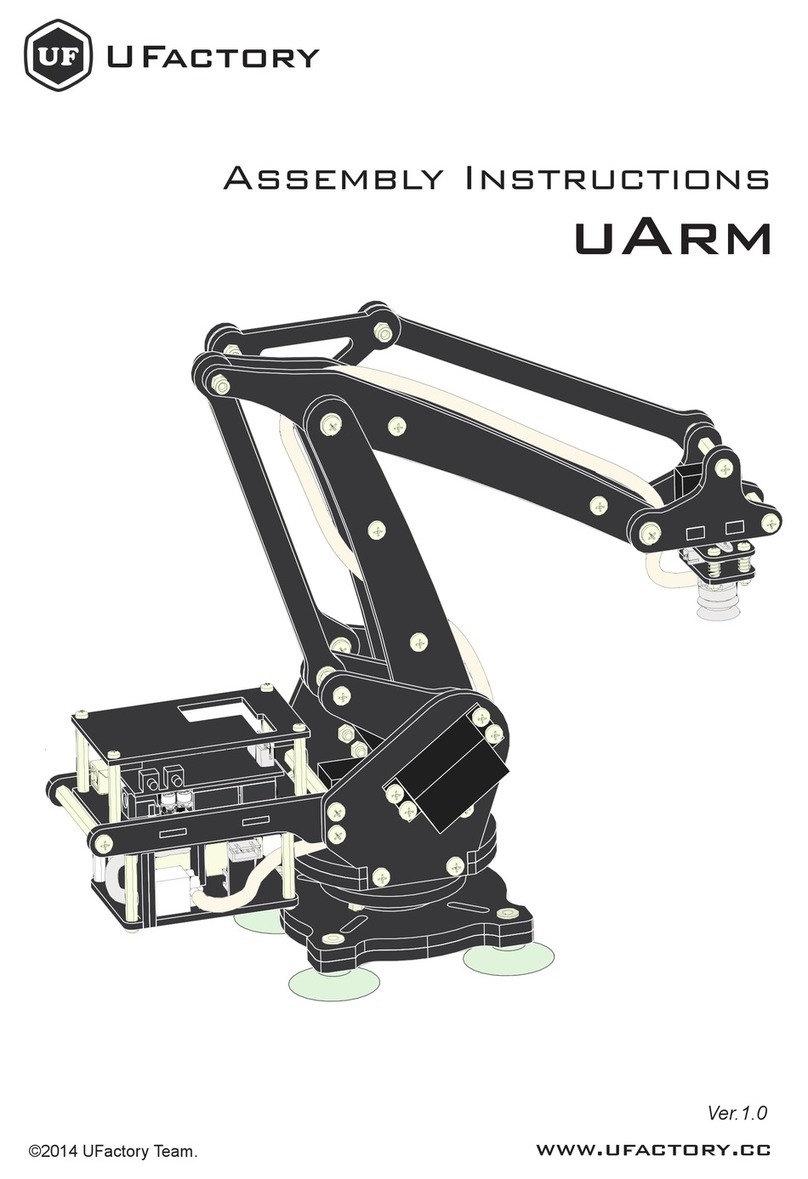
UFactory
UFactory uArm Controller Assembly instructions
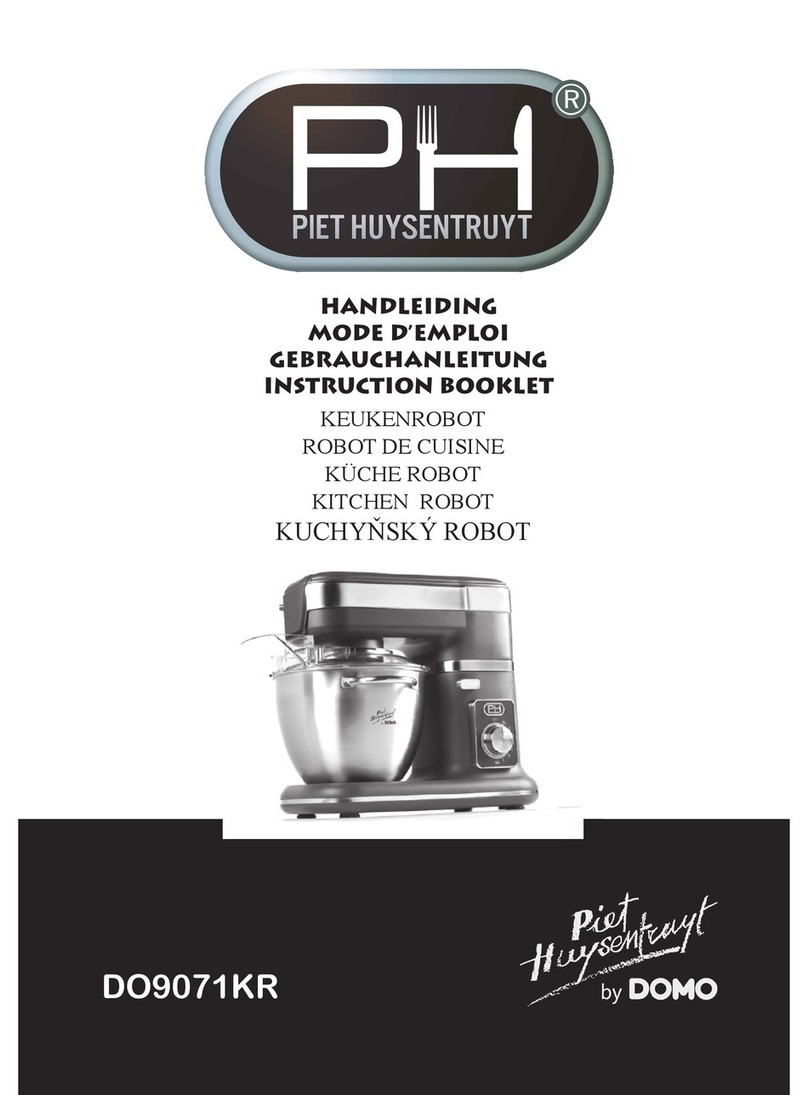
Domo
Domo DO9071KR Instruction booklet
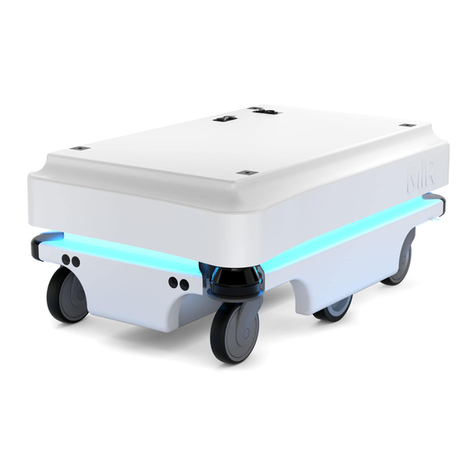
Mobile Industrial Robots
Mobile Industrial Robots MiR 100 user guide
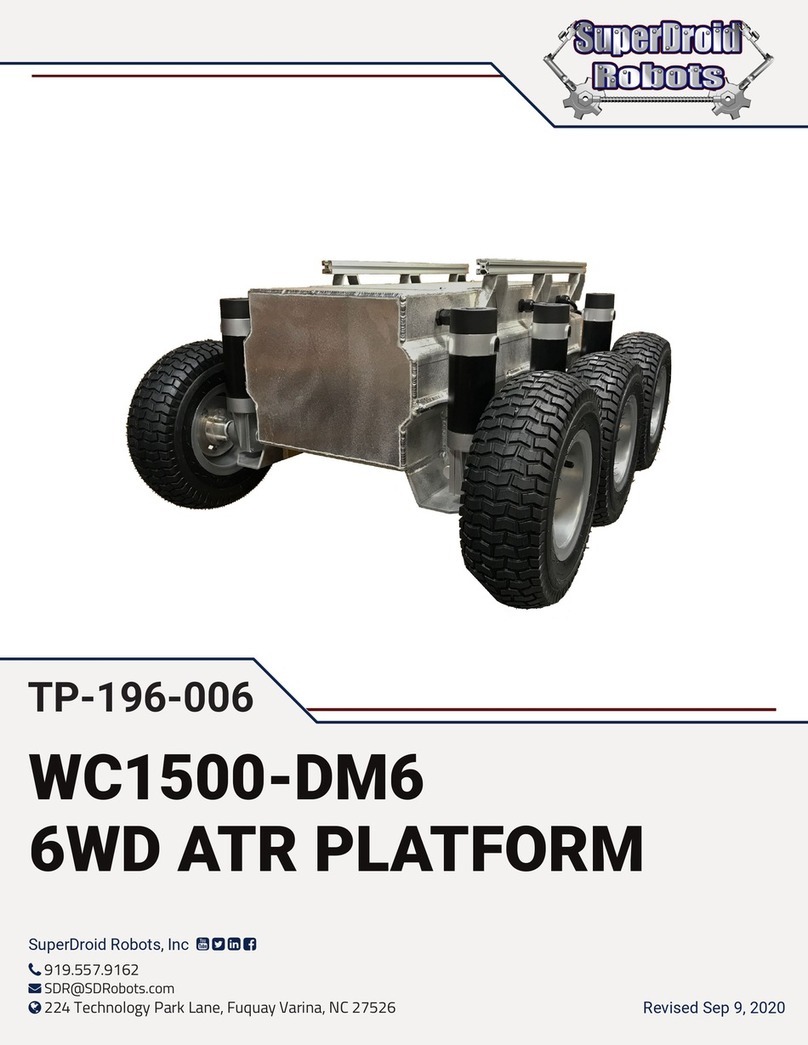
SuperDroid Robots
SuperDroid Robots WC1500-DM6 manual
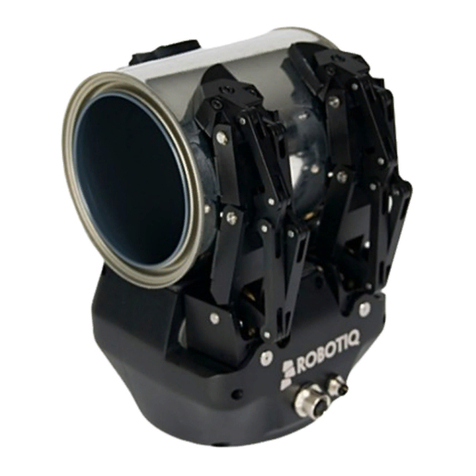
ROBOTIQ
ROBOTIQ S Model instruction manual

Xiaomi
Xiaomi Mitu Bunny JMJQR01IQI Overview manual



